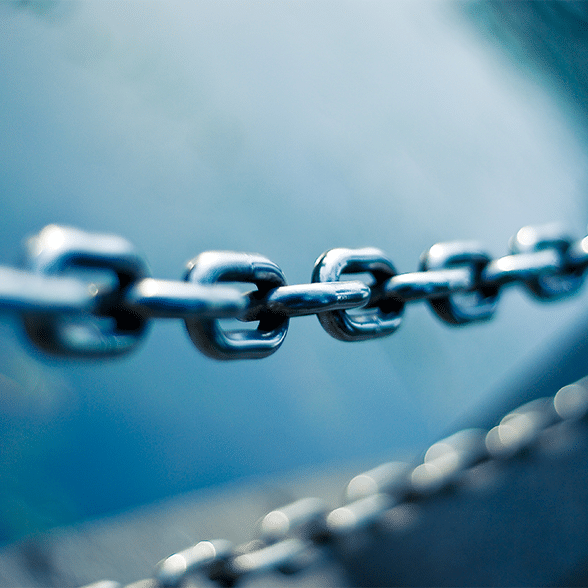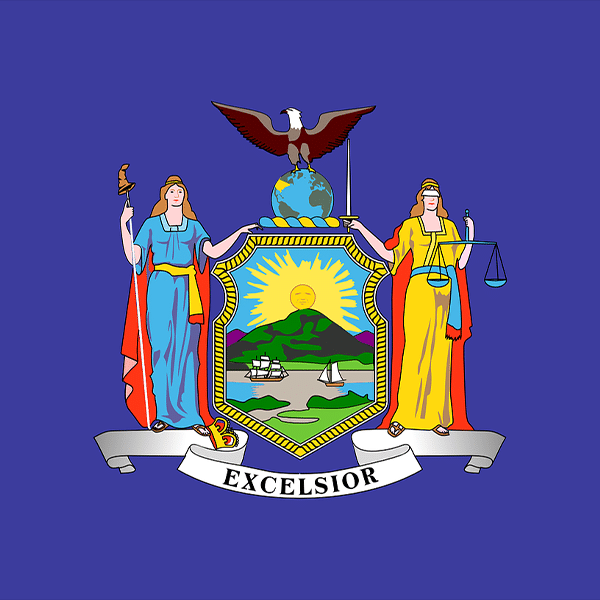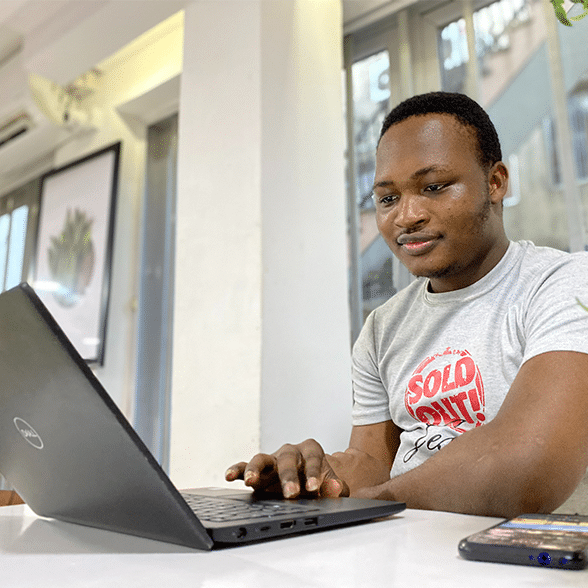When the U.S. Congress enacted the Digital Equity Act (DEA) in 2021, it tasked state broadband offices to analyze digital equity in their states and develop plans to reduce obstructions to accessibility. Subsequently, all 50 states, Washington D.C., and Puerto Rico created their own digital equity plans under the planning grant program.
In a new analysis titled, “Every State Identifies Broadband Affordability as Primary Barrier to Closing Digital Divide,” The Pew Charitable Trust examined these 52 plans and found that every one mentioned the lack of affordable access as the leading barrier to digital equity.
To help overcome this barrier, most of the plans had relied on the Affordable Connectivity Program (ACP), a federal subsidy for broadband service for low-income households. However, because funding for the ACP ran out in May 2024, states are likely to refocus their strategies on other subsidies, such as low-cost plans from other providers. Another possibility is Lifeline, a federal subsidy of up to $9.25 a month for a broadband subscription for qualifying households.
Another element of affordability is the lack of digital skills and devices. Some people need assistance finding and getting subscribed to a low-cost service plan, accessing devices, or learning digital skills. To address these needs within their plans, many states expect to train “digital navigators” and establish community centers, which can help heighten awareness of resources for covered populations.
In addition to broadband affordability, another barrier is broadband availability. The Pew digital equity analysis revealed that at least 22 states want to increase or promote public Wi-Fi options. They plan to expand internet access at community anchor institutions (CAIs) — libraries, schools, and public housing authorities — and at indoor and outdoor public access points and charging stations.
Several states indicated they were going to show public Wi-Fi availability on maps so anyone could find a public connection point.
Four states and territories outlined the establishment of connectivity hubs:
- Washington D.C. tech hubs would be located primarily in areas with the lowest broadband adoption and the highest need.
- Maine’s connectivity hubs would be funded by the state’s Capital Projects Fund allocation. The hubs would support education, workforce, and telehealth goals by “providing public access to the internet, access to affordable devices for public use and lending programs, workforce and digital skills training, education, and telehealth programming,” the article stated.
- North Dakota’s connectivity hubs will be conceived to “consolidate telehealth, digital skills, digital navigators, and workforce offerings at existing CAIs in regions with large, covered populations and unserved and underserved locations.”
- Puerto Rico’s plans cover the development of eight to 10 multi-purpose community technology centers across the island.
According to Pew’s digital equity analysis, 14 states and jurisdictions — Arkansas, the District of Columbia, Hawaii, Kentucky, Maine, Maryland, Massachusetts, Minnesota, New Hampshire, New York, North Dakota, Oklahoma, Rhode Island, and Vermont — highlight having connectivity in affordable housing and multi-dwelling units (MDUs) such as apartments.
According to the DEA, digital equity is “the condition in which individuals and communities have the information technology capacity that is needed for full participation in the society and economy of the United States.” This was the first time that the federal government committed funding specifically for digital equity programs.



